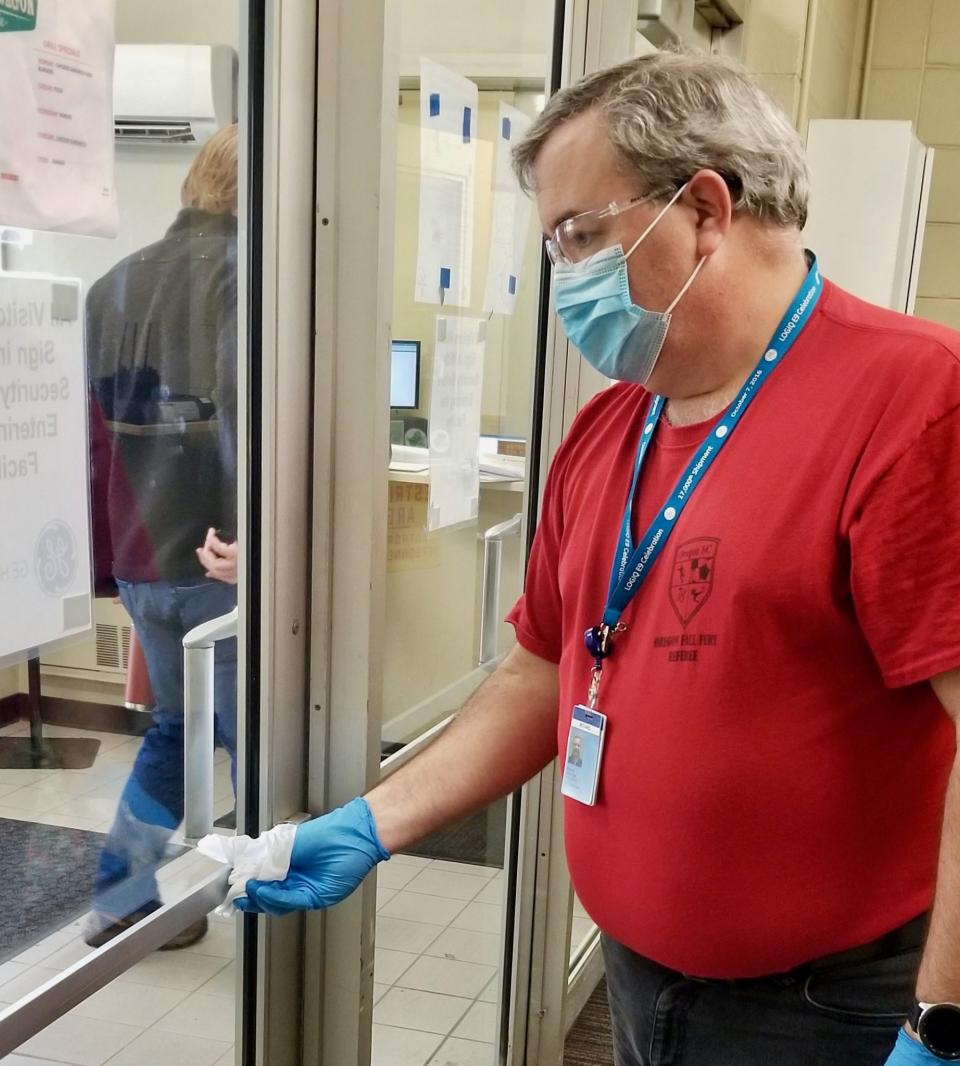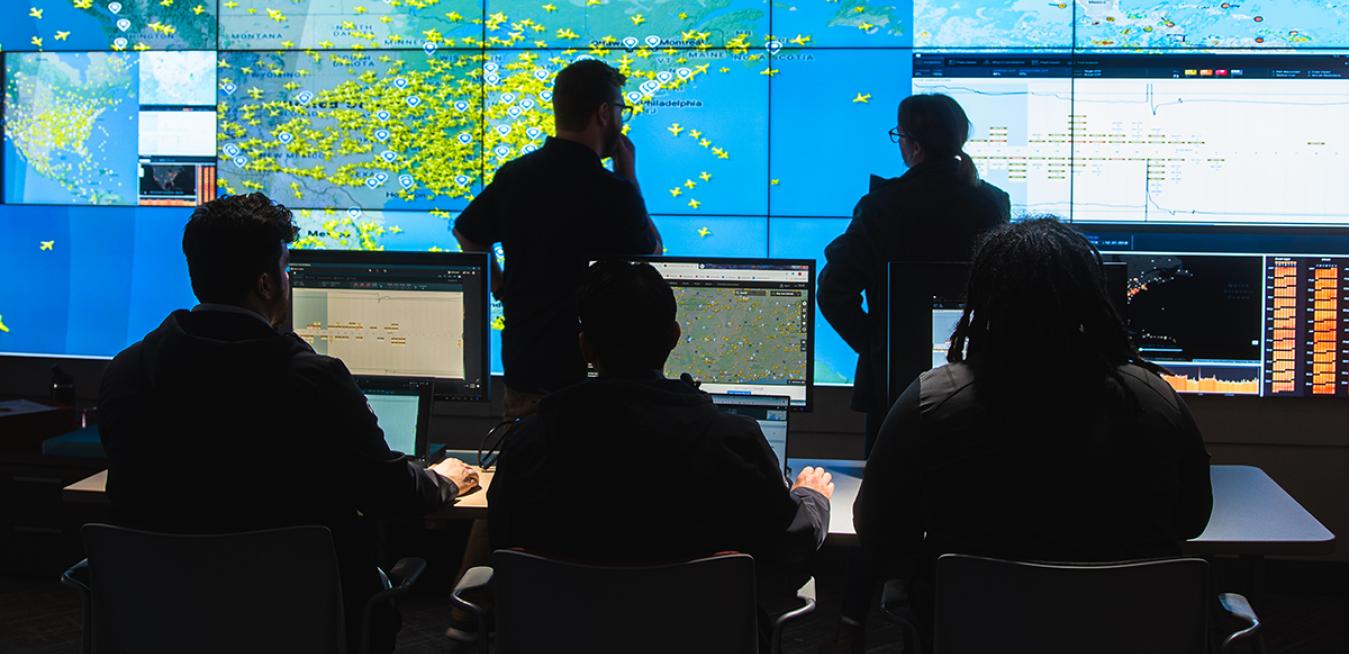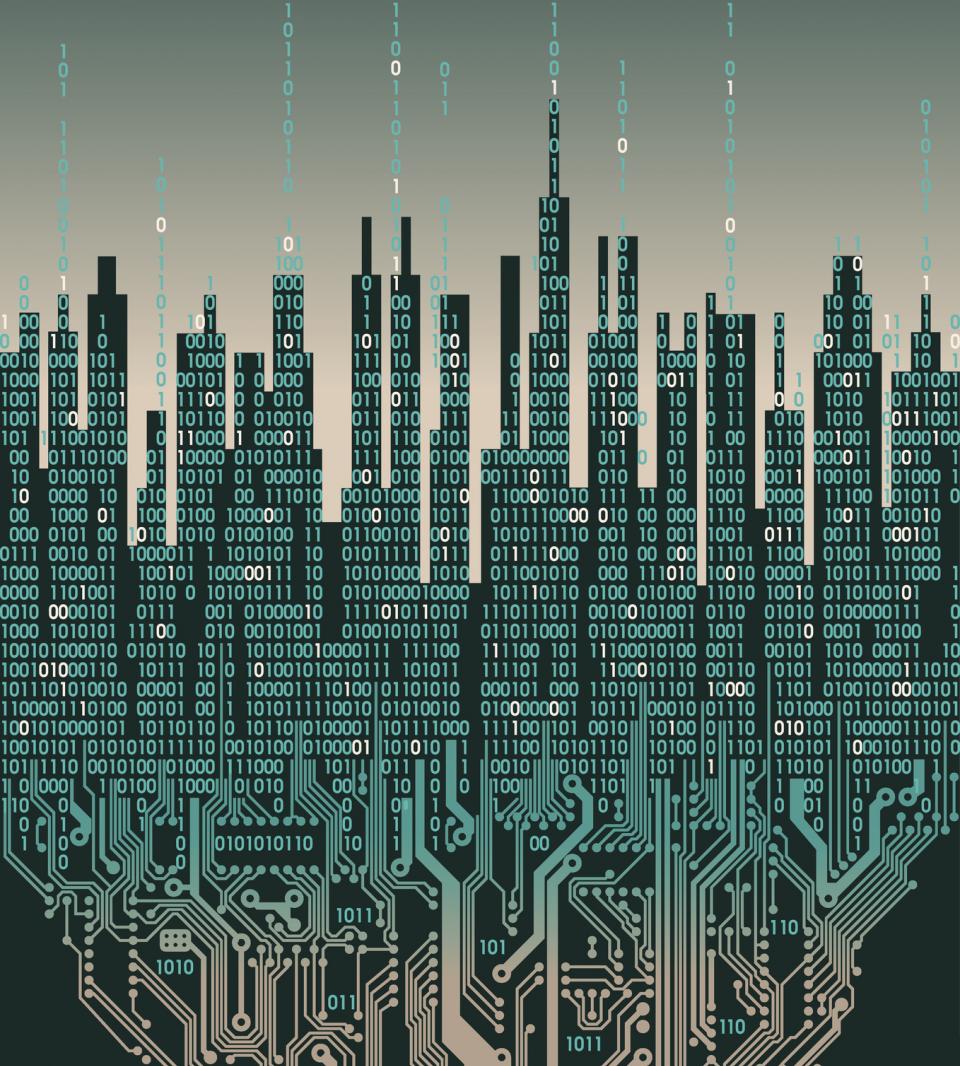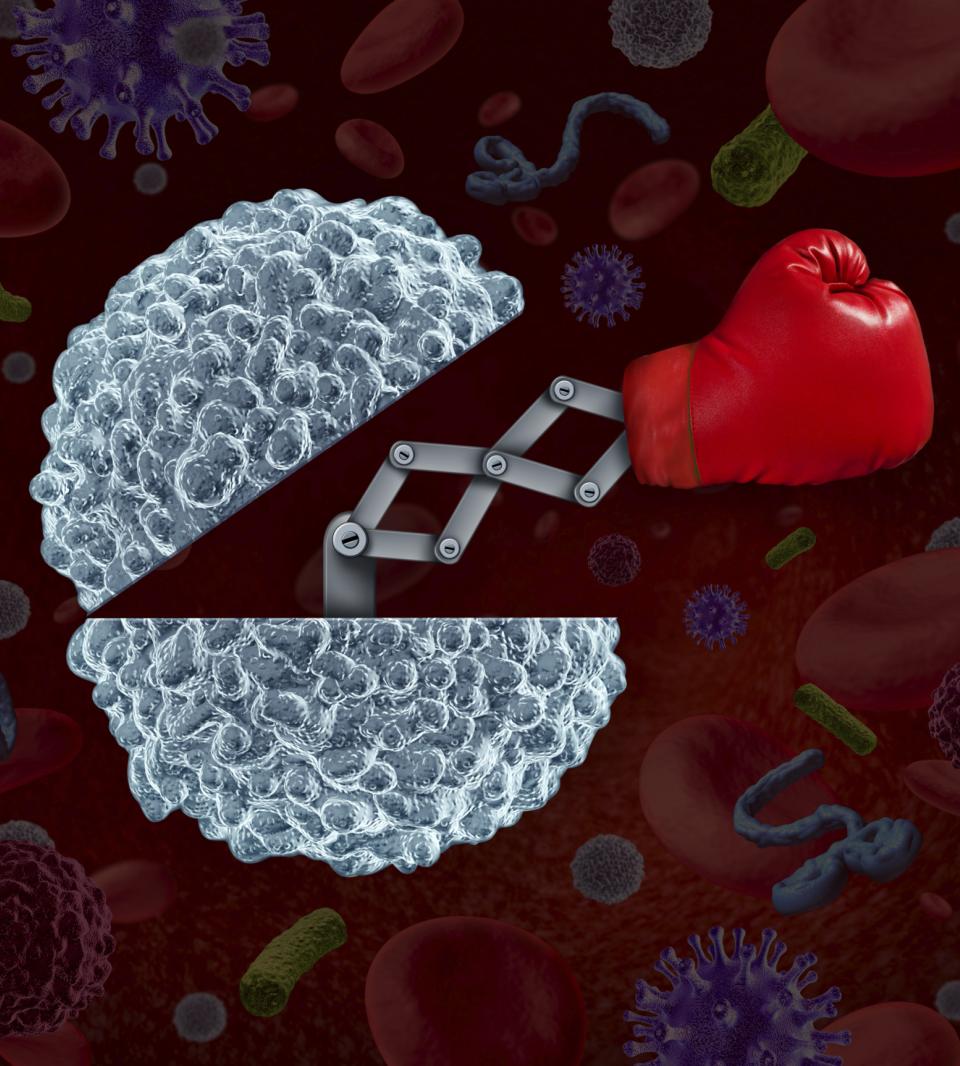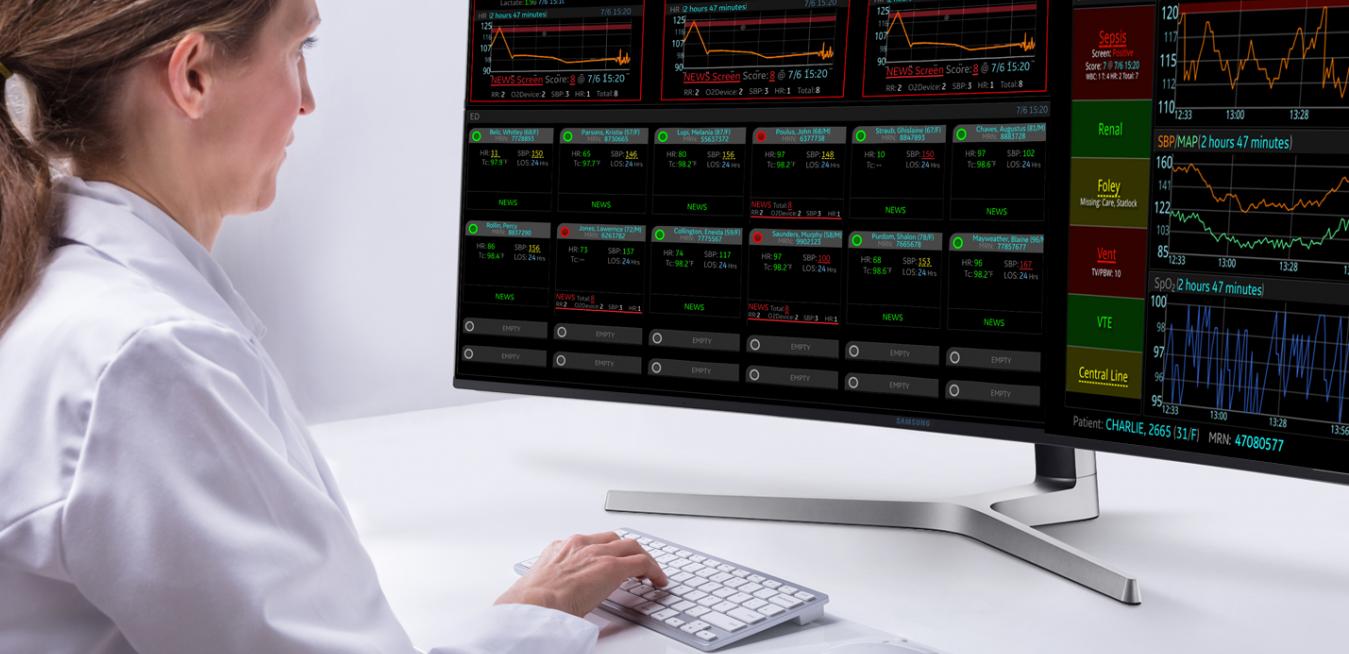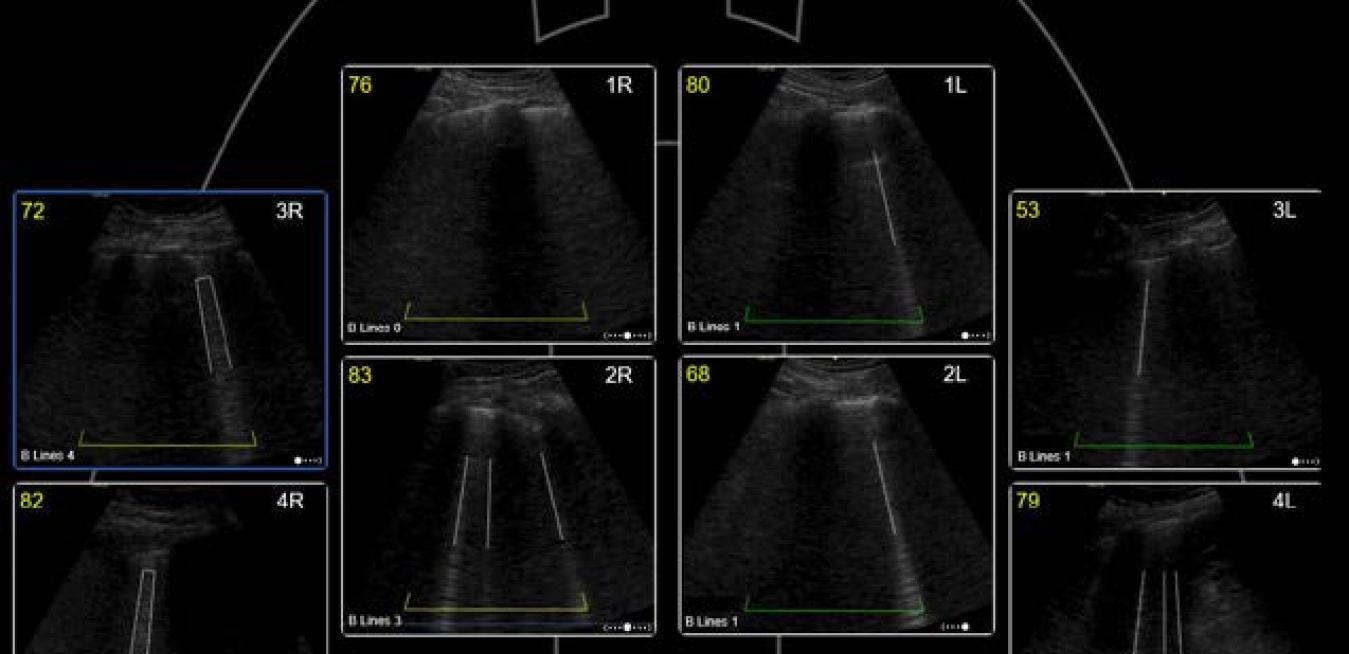The Danish toymaker Lego is using some of its machines to produce safety visors for doctors and nurses, a 12-year old Boy Scout in Canada is 3D-printing “ear gear” for healthcare workers, a town in Chile is using drones to deliver medication and other supplies to vulnerable residents. Here’s some good news from the worldwide fight against COVID-19.
From the moment Mike Ledwidge wakes up in the morning, the global clinical marketing specialist for GE Healthcare is solidly booked in Skype meetings from his Wisconsin home, helping to support GE Healthcare’s LOGIQ ultrasound systems. “We’re busier now than we’ve ever been,” he says.
By the afternoon, he’s cruising around Lake Mendota to GE Healthcare’s plant in nearby Madison. There, he works the second shift as a volunteer custodian. He says it’s his contribution to the fight against COVID-19, the disease caused by the novel coronavirus that’s created a global pandemic.
The coronavirus pandemic has hit the aviation industry hard. Empty airports, canceled flights and disrupted balance sheets are hurting air carriers all over the world. But the market turbulence may also point to new ways of running the business. As hard as it is, the global pandemic could become a transformative event, speeding up the adoption of data and digital systems across the industry.
Pat Byrne quickly got to work when he joined GE in July 2019 as the new CEO of GE Digital, the company’s software development unit, which builds applications for the industrial internet of things. He and his team divided the industrial software market into four key segments: the electrical grid, power generation, the oil and gas sector, and manufacturing. Then they visited customers and helped them learn from the data that their machines, power plants, factories and other assets were producing. The approach was effective and is part of work going on throughout GE.
While the world awaits a treatment or a vaccine for COVID-19, the disease caused by the novel coronavirus, it is operating in damage-limitation mode, commonly known as “flattening the curve.” That mode involves protective measures such as social distancing and stay-at-home orders. The approach can help governments maximize the availability of precious healthcare resources including intensive care beds and ventilators, and save lives.
If the coronavirus were a song, what would it sound like? MIT researchers “translated” the virus into music in hopes of better understanding it — and eventually developing treatments — while across the country, researchers fired up powerful X-ray beams to get a look at the atomic structure of the virus. Plus: antibody tests and potential vaccines on the horizon. There are many promising ways to defeat COVID-19. Here's what we found this week:
Doctors and nurses are, by nature, resourceful problem-solvers, using the tools they have available to save as many lives as possible. During the COVID-19 pandemic, that means finding new ways to observe their patients while lowering their own risk of infection and addressing the shortage of personal protective equipment (PPE).
Like much of Europe and the U.S., Munich was under lockdown in late March. That didn’t stop local residents from opening their windows and taking a closer look at a colossal cargo festooned with a lengthy banner bearing a GE logo and inching its way through the Bavarian metropolis. “Hello, Munich – I am the new turbine, and I am driving the energy transition forward,” the banner said in German, referencing the country’s Energiewende, a project seeking to supply Europe’s largest economy with electricity coming chiefly from renewable sources by 2050.
Tomás Villén is on a war footing. His hospital, Universitario Ramón y Cajal in the northern corner of Madrid, has been the epicenter of Spain’s battle against COVID-19, the disease caused by the new coronavirus.
Swiss researchers are developing a smartphone app to help identify COVID-19 by listening to coughing, an Irish robotics company designed a machine that can quickly disinfect hospital rooms using ultraviolet light, and researchers in Massachusetts are exploring ways to use smartphones to trace the spread of the coronavirus — without compromising anyone’s privacy. Plus: potential vaccines on the horizon.






